If you have the opportunity – spend one full day at Þingvellir! Preferably a nice day, but that is hard to achieve because of the predictably unpredictable Icelandic weather (as was written on a T-shirt: ‘Welcome to Iceland! If you don’t like the weather – just wait 15 minutes!’. Þingvellir is a grandiose place where you find a splendid geology and it is of invaluable importance to the Icelanders.
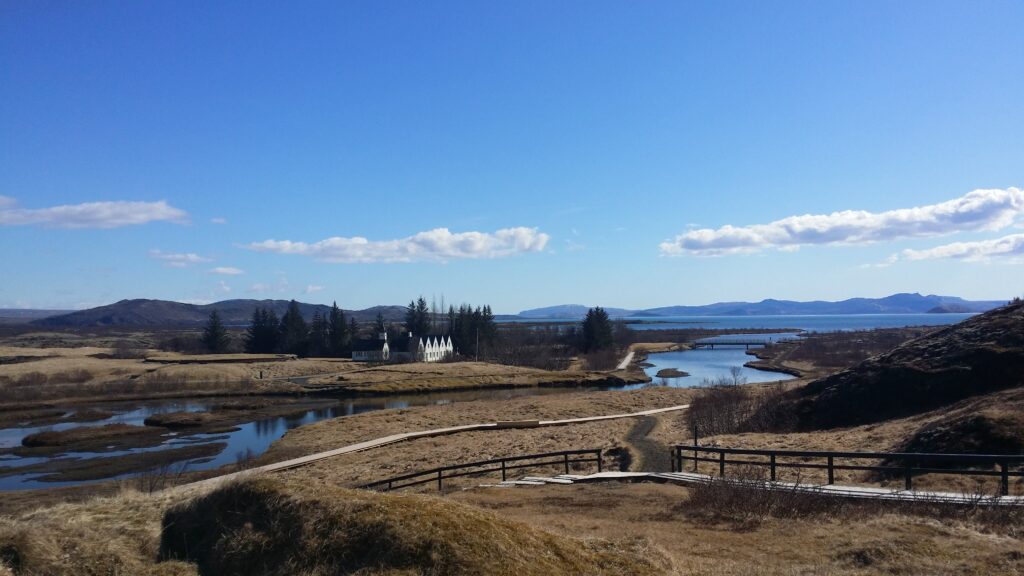
Alþingi (the Icelandic parliament) was founded in the year 930 AD, due to the liberation from Norway and the Norwegian king. All free men could meet at Alþingi every spring. It is the oldest parliament in the world still running, and the meetings were held at Þingvellir every year until 1798, thereafter to be held in Reykjavík.
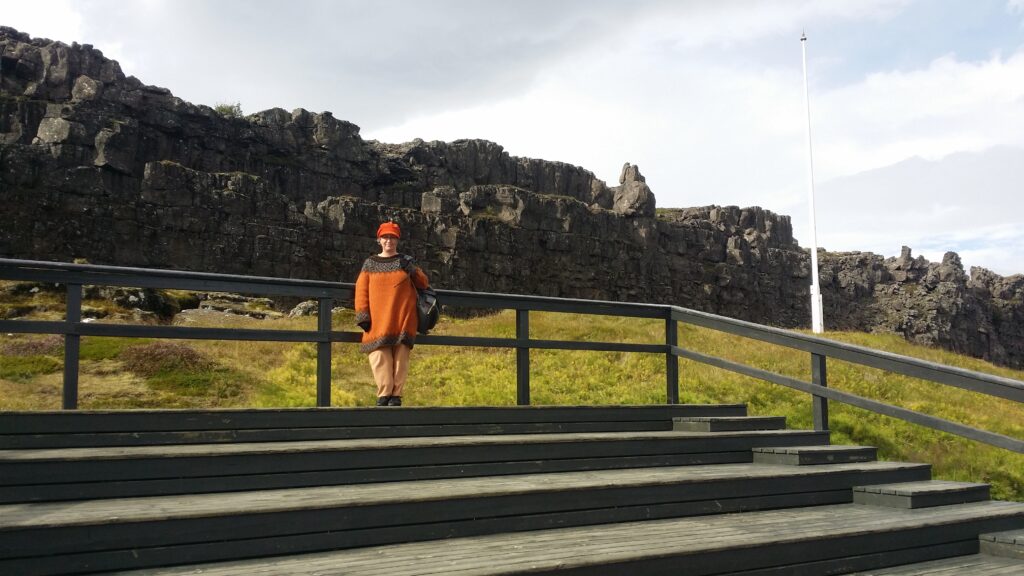
The Norwegian law ‘Gulatingsloven’ was the foundation of the Icelandic laws. There were one ‘Þing’ in every region, and Alþingi for the country as a whole. The Icelanders spent a lot of resources on the ‘Þing business’, as most of the time during spring and early summer were used for the long trip to and from as well as the Þing itself. One of the first decisions at Alþingi was not to have a king.
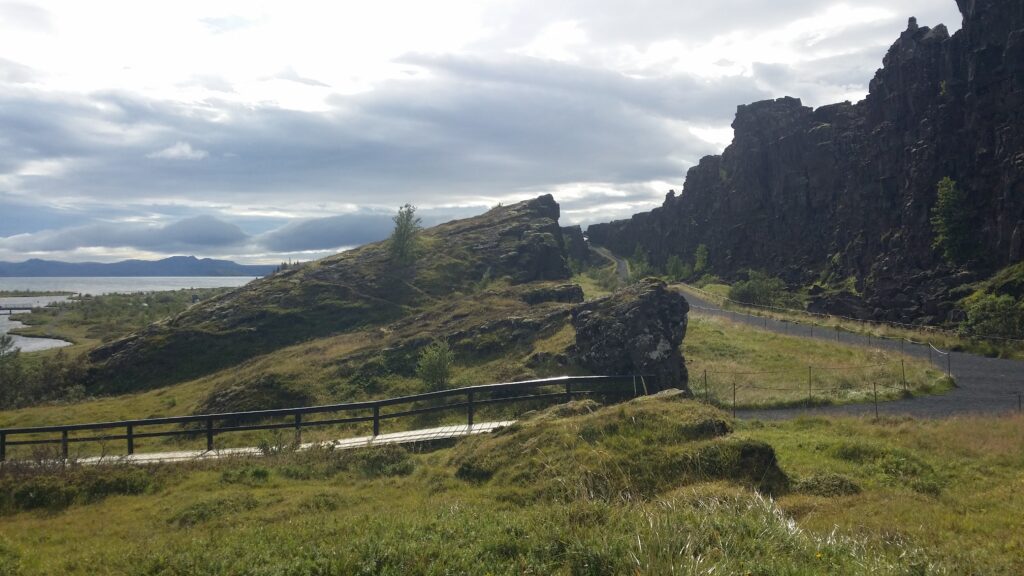
Alþingi did not have executive power, and that might be the underlying cause for centuries of clan wars and vendettas. After years of civil war state, Iceland lost its independence and came under the Norwegian king in 1262. It was at Þingvellir Iceland declared independence from Denmark 17th of June 1944.
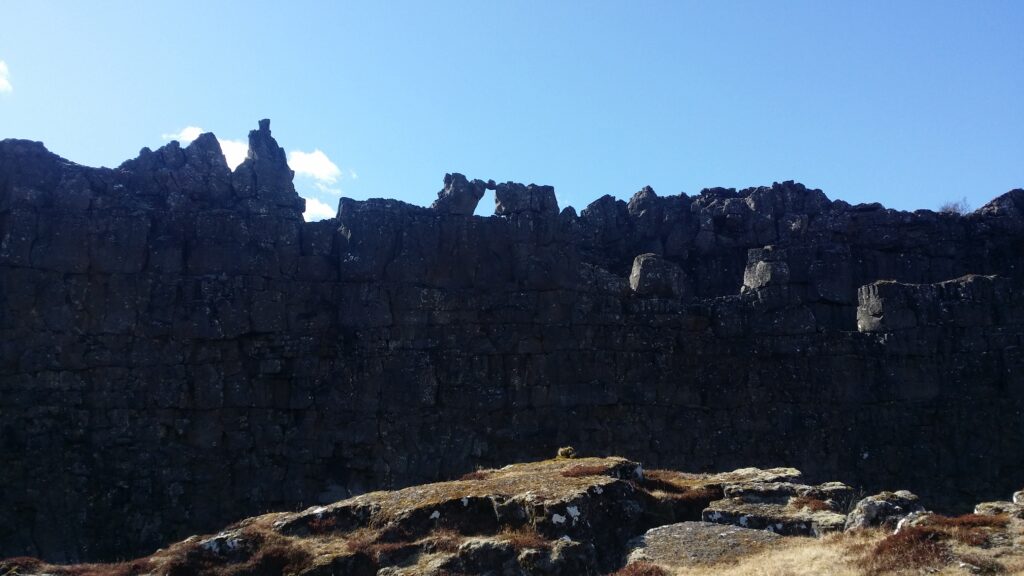
Þingvellir is a national park, lying in between the North American and the European continental plates. This is clearly visible as you are walking around; there are ravines and gills everywhere. Where the parliament meetings were held, there are nice hiking trails today.
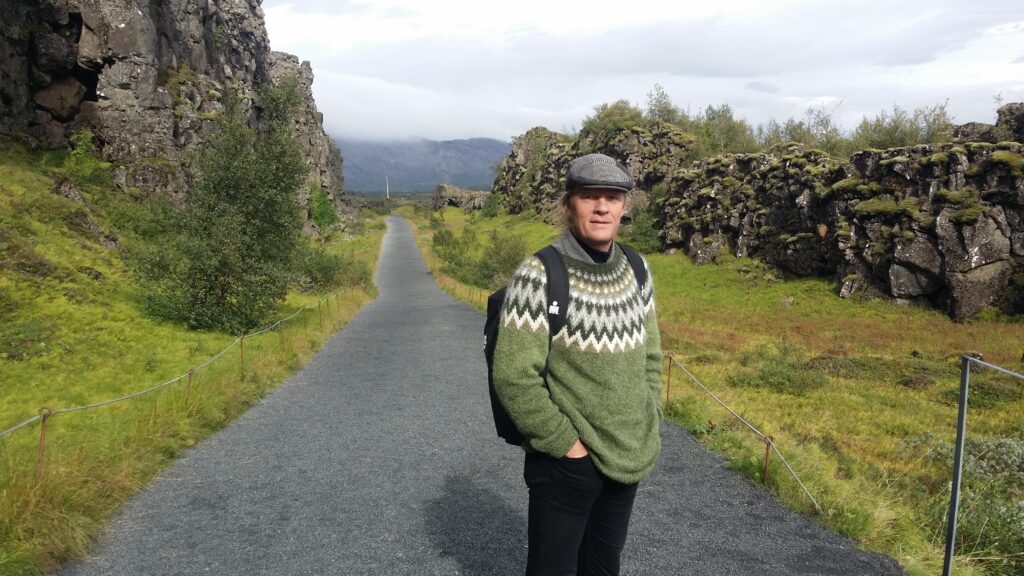
The ‘þing men’ built cabins where they could meet and sleep. Remains from 50 of these places are excavated by archaeologists, and many objects have been found. A little further down, by Þingvalla lake, you can find several ravines ‘between continents’ filled with water.
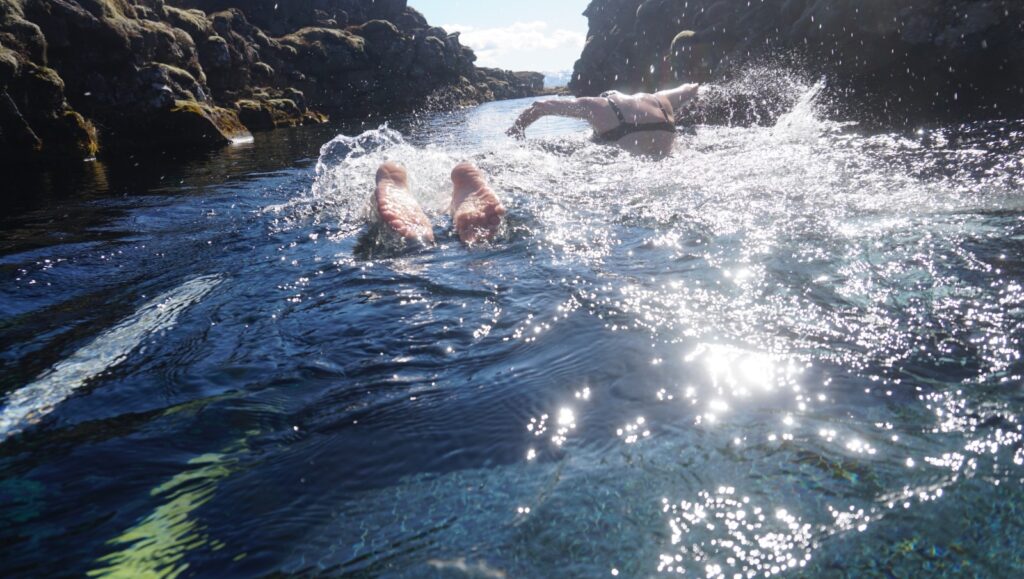
The most famous of these is Silfra, but to swim there you have to book a guided tour (see next bath). We have done that, and finished the free diving tour with a short swim without the wet suits. Yes, it’s quite cold (around 2 degrees C), but lovely!
By the way, this is a good place to drink the bathing water, there is no better drinking water anywhere!